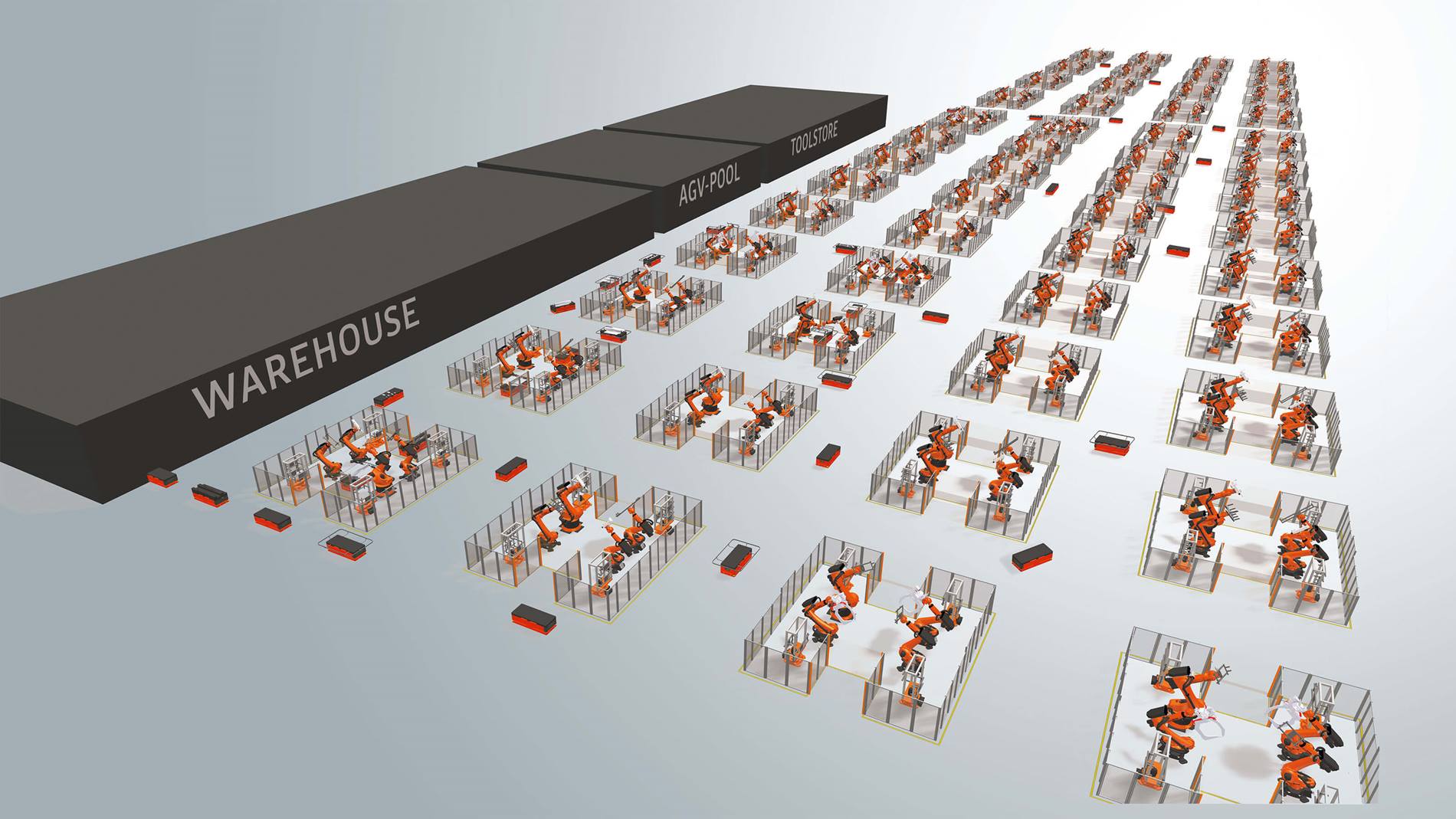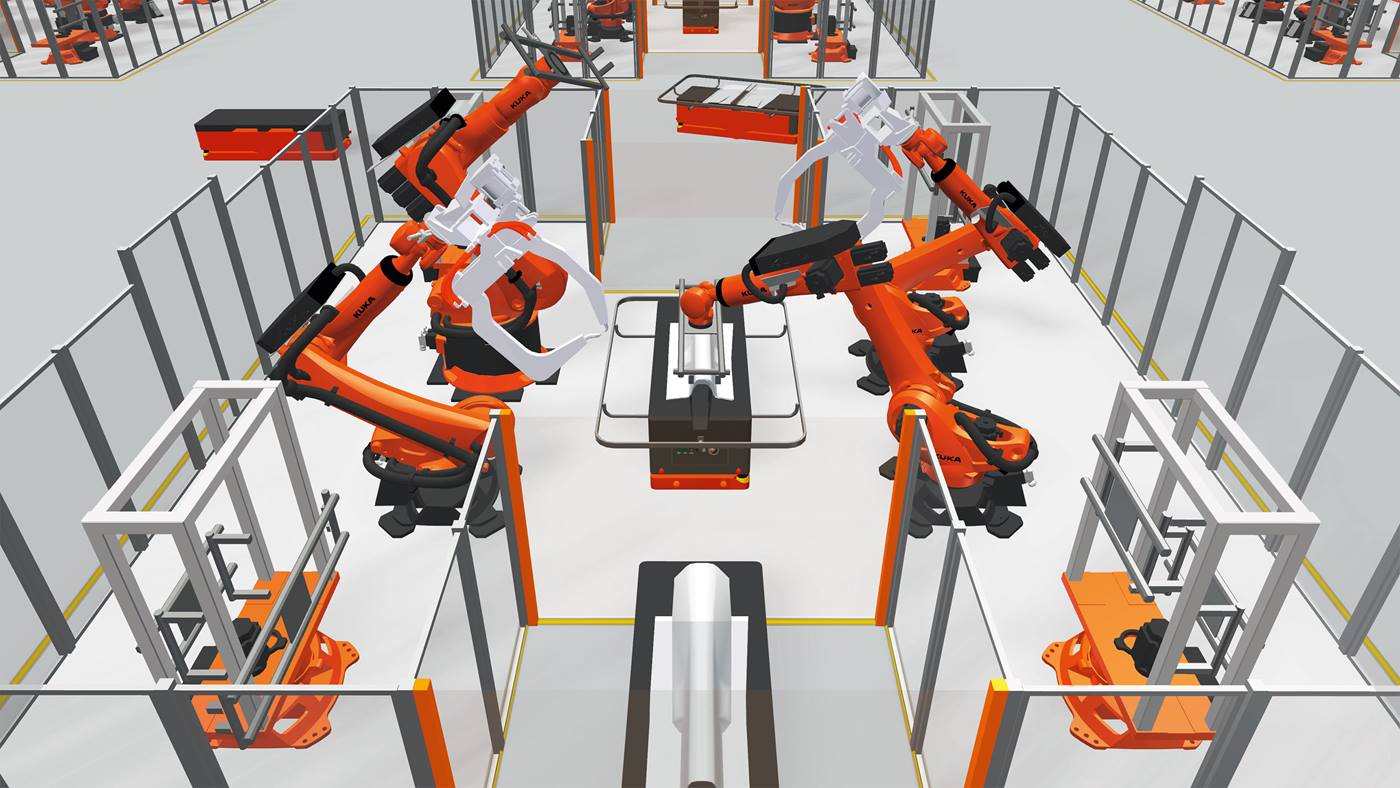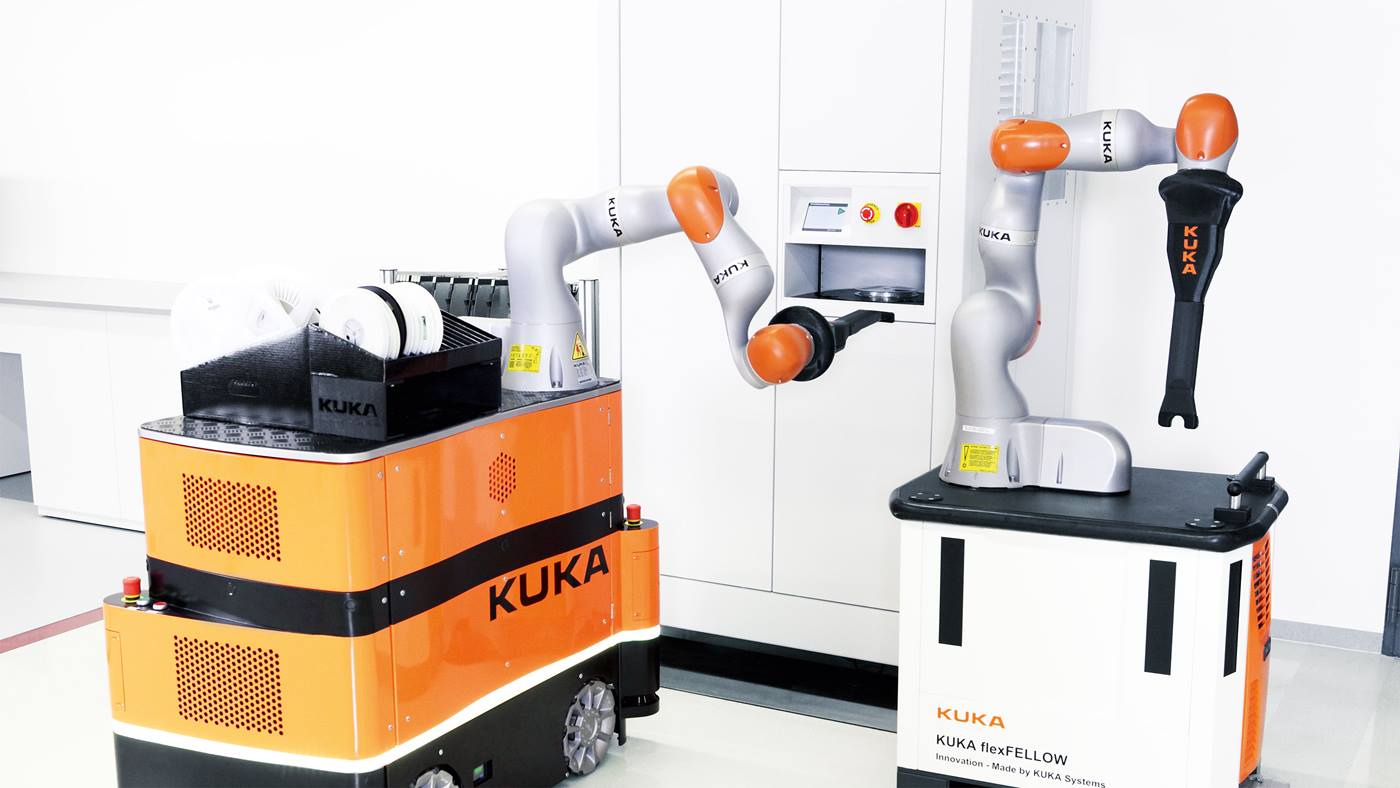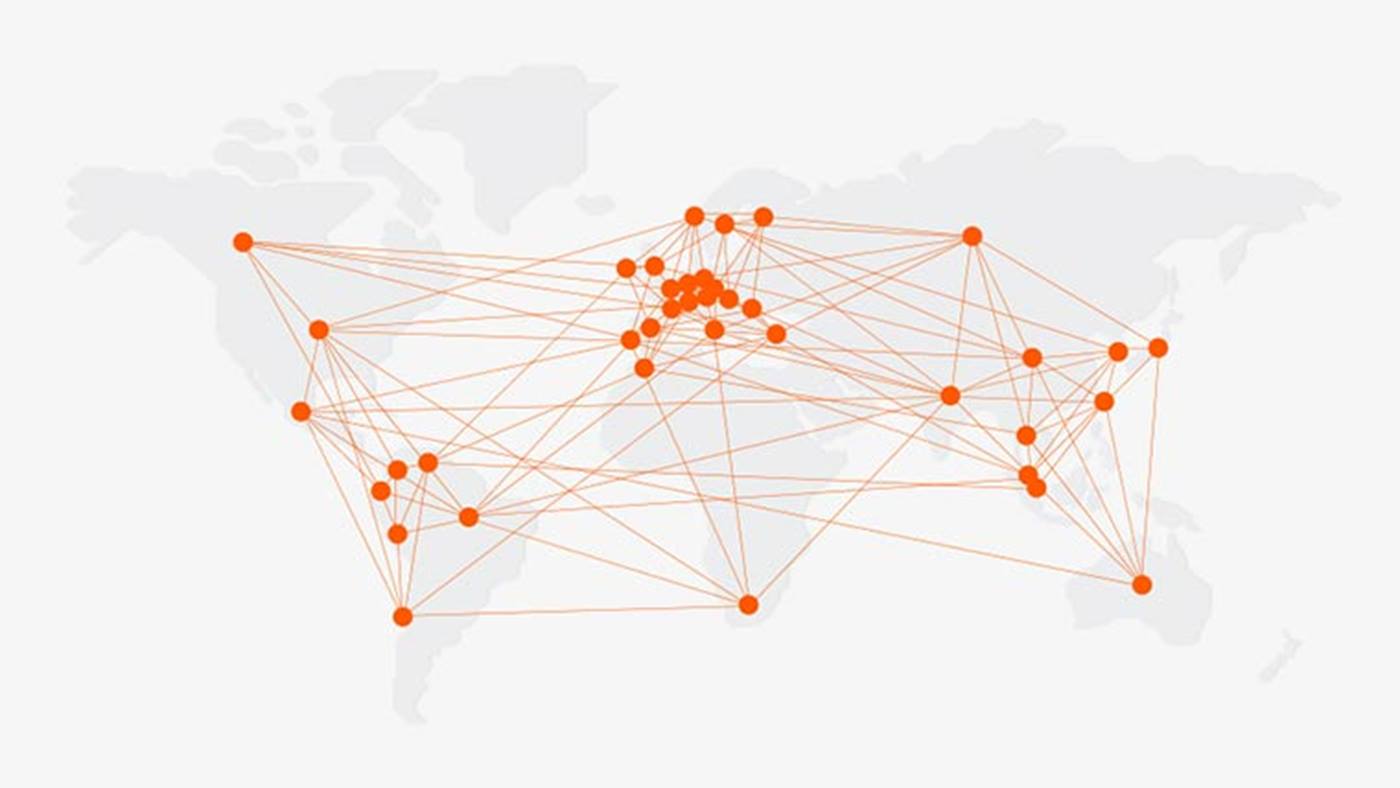Industrie 4.0: flexibility through matrix production
Increasing customization in times of Industrie 4.0 is changing production. Volatile markets make the profitable manufacture of small batch sizes ever more important. Increasingly, the challenge is to produce an ever greater number of variants and models of a product in variable quantities. One cause of this is the increased degree of customization in the automotive industry, for example.
In the future, the matrix production concept will enable extremely versatile production on an industrial scale and networked throughout the entire process chain. The system can automatically convert itself “on the fly” to changing product types – without wait times and without lost production time. It will thus become possible to implement the manufacture of customized series as an integral part of Industrie 4.0 without limitations in the context of industrial mass production.






